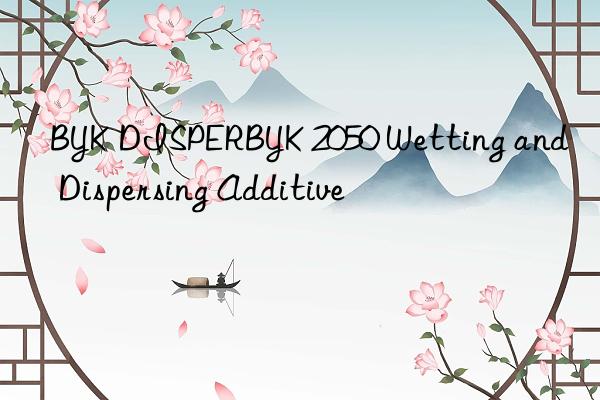
DISPERBYK-2050
For wetting of solvent-borne coatings and pigment concentrates Dispersant. Especially suitable for resin-free pigment concentrates.
chemical composition
Acrylate copolymer containing basic pigment affinity groups substance solution.
typical materialized data
The data given on this data page are typical values only, not Product technical indicators.
| Amine Value | 30 mg KOH/g |
| Density (20 °C) | 1.02 g/ml |
| Non-volatile content (20 min., 150 °C) | 52 % |
| Solvent | Propylene glycol methyl ether acetate |
| Flashpoint | 26 °C |
Application
Paint Industry
Features and Benefits: This additive deflocculates the pigment through steric stabilization, and it also causes the pigment particles to be charged with the same nature. The resulting repelling effect and
Steric stabilization prevents co-flocculation of pigments, resulting in color without flooding in systems containing multiple pigments.
Due to the fine particle size of the deflocculated pigments, high gloss and improved color intensity can be achieved. In addition, the transparency of transparent pigments and the hiding power of opaque pigmentsare improved. Due to the reduced viscosity, the flow properties are improved and the pigment loading can be increased.
Recommended use
DISPERBYK-2050 is suitable for medium and high polarity solvent-borne coating systems , recommended for the production of resin-containing and resin-free pigment concentrates, and on
The above system is directly used for pigment grinding.
recommended dosage
Adjuvant dosage (purchase form) based on:
| Inorganic Pigments | 10-15 % |
| Titanium dioxide | 3-5 % |
| Organic Pigments | 20-60 % |
| carbon black | 60-140 % |
The above recommended dosage is for reference, the best The amount to be added needs to be determined through a series of experiments.
Joining method and processing guidance
For best performance, additives must be added to the mill first In the material, and then into the paint.
When used for grinding with resin, pre-mix the resin and solvent components in the grinding base, and then add the additive slowly while stirring, then then add paint.
For resin-free grinding, the solvent components and additives in the millbase are premixed with stirring, and the pigments are added. In resin-free pigment concentratesslurries, high boiling point solvents should be used to avoid drying of pigment concentrates during storage. Regardless of the method of use, the pigment can only be added after the additive has been completely dispersed.

 微信扫一扫打赏
微信扫一扫打赏

